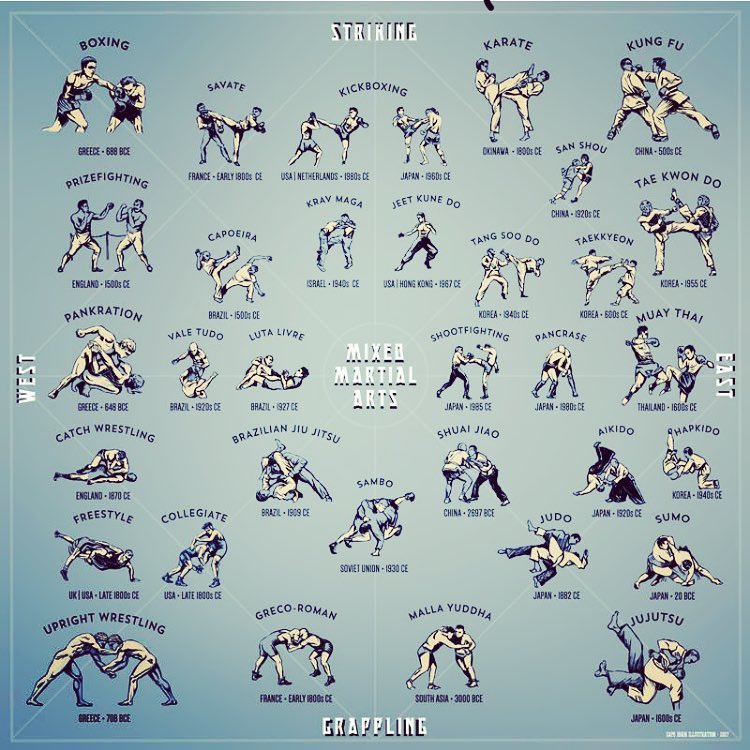Exploring The Differences In Between Conventional Martial Arts And Contemporary Battle Sports
Exploring The Differences In Between Conventional Martial Arts And Contemporary Battle Sports
Blog Article
Post Produced By-Keith Snedker
When you consider martial arts, do you lean a lot more towards the traditional techniques or the modern-day battle sporting activities? Each course provides unique advantages and experiences, shaped by their viewpoints and training approaches. Conventional martial arts stress individual growth and self-control, while contemporary fight sports focus on competition and performance. Recognizing these distinctions can assist you in selecting the appropriate method for your trip. However how do how to teach kids martial arts show up in training and ideology?
The Ideology and History Behind Conventional Martial arts
While many individuals connect martial arts with physical fight, the viewpoint and background behind typical martial arts run much deeper. You'll find that these disciplines highlight personal development, discipline, and regard.
Stemming from ancient methods, conventional martial arts were typically developed for Self-Defense and spiritual growth. They symbolize concepts such as equilibrium, consistency, and self-discipline, leading professionals beyond mere fighting abilities.
As you educate, you'll not only discover strategies yet additionally obtain understandings right into the society and worths that formed these arts. The routines and traditions, typically passed down with generations, promote a sense of community and belonging.
The Competitive Nature of Modern Fight Sports
Modern combat sports have changed the landscape of martial arts right into an extremely competitive arena, where professional athletes face off in an examination of ability, approach, and endurance.
You'll observe that competitors are frequently arranged with rigorous guidelines and laws, making certain justice and security. These events bring in large audiences, sustaining the enjoyment and intensity of matchups.
martial arts without touching educate carefully, not just for physical expertise however additionally for mental sturdiness, understanding that every detail counts in the ring. The adrenaline thrill during competitors is palpable, as fighters press their limitations to claim success.
Followers value the athleticism and virtuosity entailed, making modern-day combat sports a thrilling spectacle that remains to advance and mesmerize lovers all over the world.
Training Techniques and Techniques: A Comparative Evaluation
The affordable atmosphere of modern-day battle sporting activities demands ingenious training methods that vary dramatically from conventional martial arts.
In contemporary training, you'll concentrate on certain strategies, sparring, and conditioning, typically making use of drills that simulate real fight scenarios. You'll see a focus on measurable efficiency and constant competition to examine your abilities.
In contrast, typical martial arts prioritize forms, katas, and thoughtful teachings, usually emphasizing discipline and regard over competition.
just click the up coming internet page is usually much less extreme and may entail repetitive practice instead of real-time sparring.
While both techniques build skill and physical fitness, contemporary combat sporting activities give an extra vibrant and versatile training environment, preparing you for immediate obstacles in the ring or cage.
Select the path that straightens with your goals and passions.
Conclusion
In selecting in between standard martial arts and modern fight sporting activities, it actually boils down to what you value most. If you're searching for individual growth, discipline, and a feeling of neighborhood, conventional arts might be your ideal fit. But if you grow on competition and real-time challenges, contemporary battle sporting activities could be the method to go. Ultimately, both paths provide one-of-a-kind advantages, so it's all about straightening your training with your individual objectives and interests.
